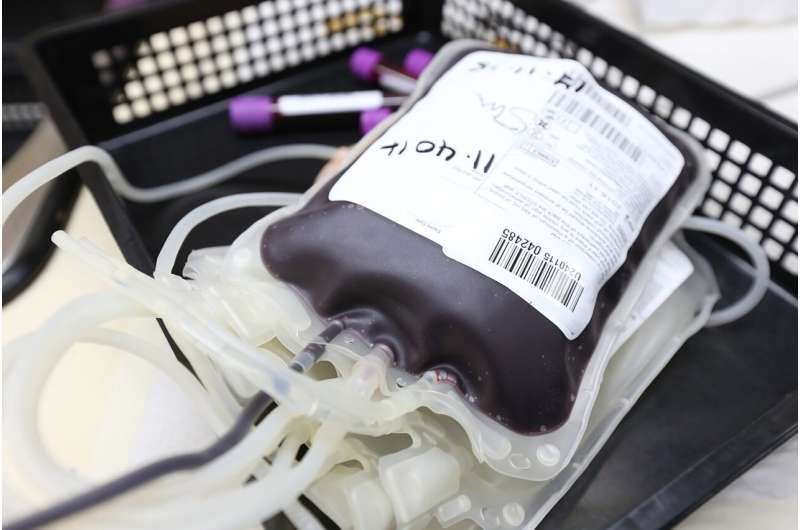Blood
Anesthesiologist-led blood management found to save blood and reduce costs with same or better patient outcomes
Blood management programs that reduced or avoided transfusions saved a health system millions of dollars annually, with a return on investment of more than $7 for every dollar spent, while achieving the same or better outcomes, suggests research presented at the ANESTHESIOLOGY 2023 annual meeting.
Over the past 10 years, the Johns Hopkins Health System established a comprehensive blood management program with two primary goals: 1) to reduce unnecessary transfusions across the five-hospital health system, and 2) to provide specialized care that avoids transfusions in patients who decline them. Together these efforts save blood and reduce costs, making more blood available for those who really need it, such as trauma patients.
Transfusions are routinely used for emergencies and trauma, but also are needed in heart, transplant, hip or knee replacement, spine, vascular, liver and pancreatic surgery. Nonsurgical patients also need blood, for example those with cancer (leukemia, lymphoma), sickle cell anemia or gastrointestinal bleeding.
“Since we are always dealing with blood shortages, doing more with less is critically important,” said Steven M. Frank, M.D., lead author of the study and professor in the Department of Anesthesiology and Critical Care Medicine at Johns Hopkins Medicine, Baltimore. “We like to say that blood saves lives when you need it, but only increases risks and costs when you don’t. Our results showed that a comprehensive blood management program can substantially help the bottom line—for every dollar spent, we received $7.50 in return.”
Starting in 2012, two anesthesiologist-led, multidisciplinary blood management programs were run side by side.
- The Patient Blood Management Clinical Community program was designed to reduce unnecessary transfusions using several methods. The methods include evidence-based transfusion triggers, a “Why Give 2 When 1 Will Do?” single unit of blood transfusion campaign, and other anesthesiology-led before, during or after surgery measures of “keeping blood in the patient” such as using medications or intentionally lowering blood pressure to reduce bleeding and using smaller tubes to collect blood for lab tests. Over a 10-year period, the annual blood acquisition cost reduction was $2.9 million, a 10.9% decrease and a 9.6-fold return on investment.
- The Center for Bloodless Medicine and Surgery program was designed to avoid transfusions entirely for those who don’t accept them, primarily Jehovah’s Witness patients. The program brings in revenue by attracting patients who are often turned down by other hospitals. Over 10 years, the program brought in approximately $5 million a year (after subtracting the direct cost of care), representing a 6.6-fold return on investment.
Clinical outcomes such as infection, blood clots, kidney injury, heart attack or stroke were the same before and after the Patient Blood Management Clinical Community program was instituted. Clinical outcomes were the same or better for the Center for Bloodless Medicine and Surgery program, as the incidence of hospital-acquired infection was significantly lower when transfusions were avoided.
“By reducing unnecessary medical procedures, we are actually doing more with less and providing higher value care,” said Dr. Frank. “Since clinical outcomes are either the same or better while giving less blood, the patients benefit from reduced risks and costs.”
Provided by
American Society of Anesthesiologists
Citation:
Anesthesiologist-led blood management found to save blood and reduce costs with same or better patient outcomes (2023, October 16)
retrieved 16 October 2023
from https://medicalxpress.com/news/2023-10-anesthesiologist-led-blood-patient-outcomes.html
This document is subject to copyright. Apart from any fair dealing for the purpose of private study or research, no
part may be reproduced without the written permission. The content is provided for information purposes only.

